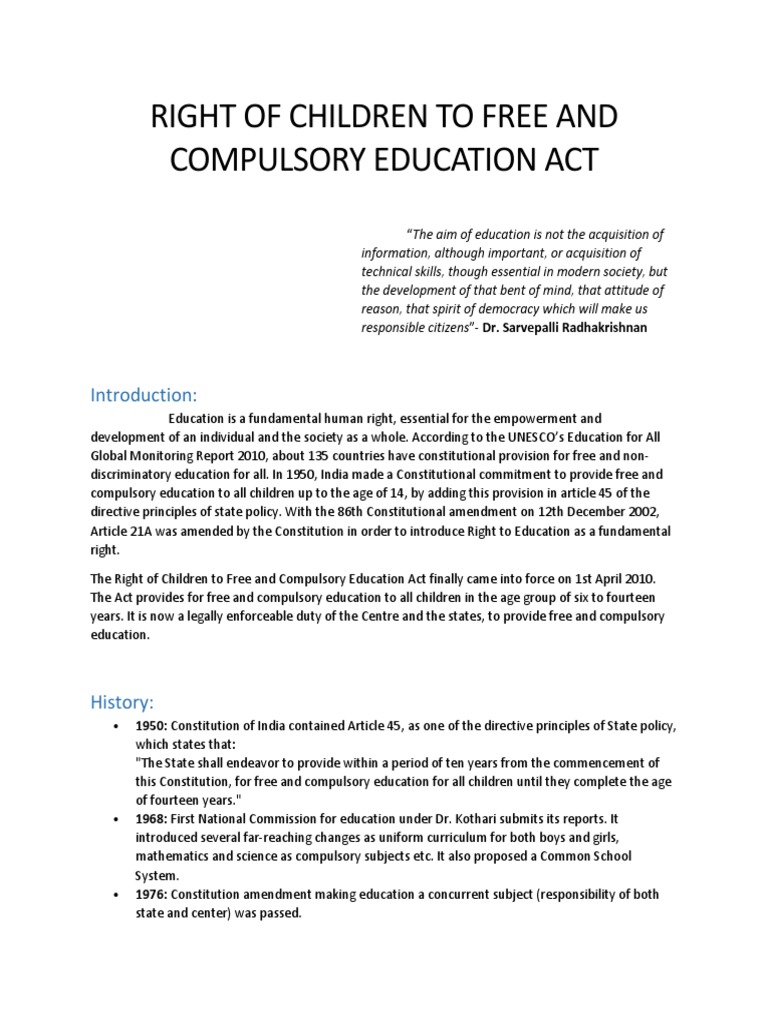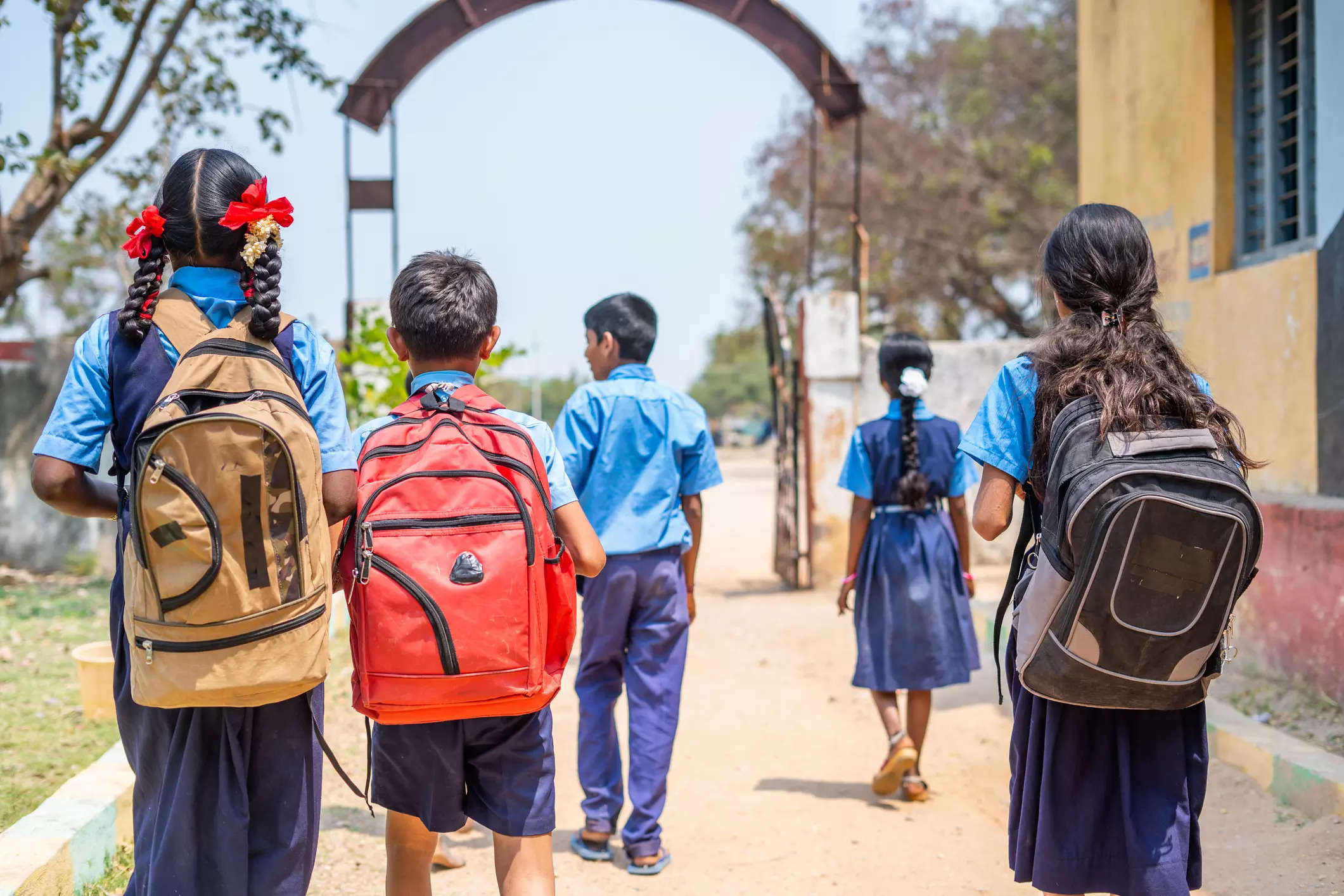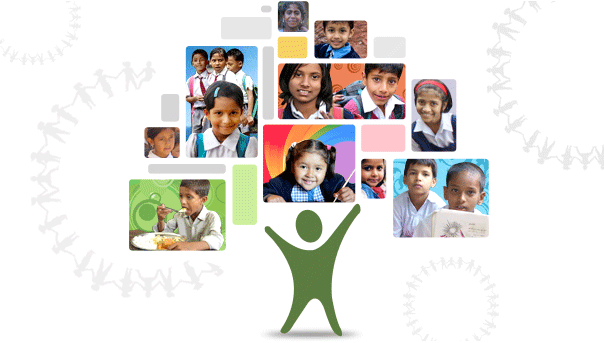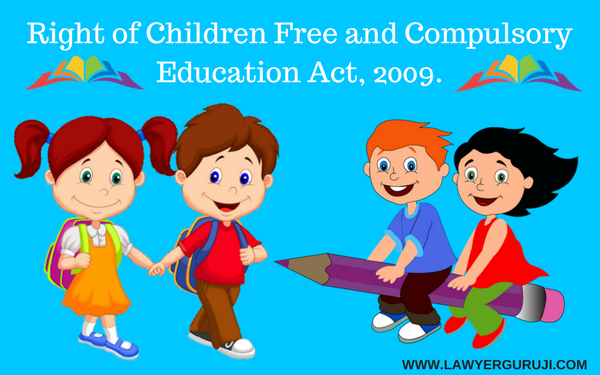Free and compulsory education for all is a fundamental human right that is essential for the development and progress of any society. It is the cornerstone of a fair and just society, as it provides equal opportunities for individuals to learn and develop their full potential, regardless of their socio-economic background.
There are numerous benefits to providing free and compulsory education for all. Firstly, it helps to reduce poverty and inequality. Education is a key factor in breaking the cycle of poverty, as it enables individuals to gain the skills and knowledge needed to secure higher paying jobs and improve their socio-economic status. It also helps to bridge the gap between different socio-economic groups, as it allows children from disadvantaged backgrounds to access the same quality of education as those from more privileged families.
Secondly, free and compulsory education promotes social cohesion and helps to build a more cohesive and united society. When everyone has the opportunity to receive a quality education, it can help to reduce social and economic divisions and promote a sense of common purpose and shared values. This is especially important in today's increasingly diverse and interconnected world, where it is vital that we work together to address common challenges and build a more sustainable future.
Thirdly, free and compulsory education is crucial for the economic development of a country. A well-educated population is essential for driving innovation and productivity, and for attracting investment and economic growth. It also helps to build a skilled and adaptable workforce that can adapt to the changing needs of the economy.
Despite these clear benefits, there are still many challenges to providing free and compulsory education for all. One major challenge is the lack of funding and resources, which can make it difficult to provide high quality education to all children, especially in poorer countries and communities. Another challenge is the lack of trained teachers and facilities, which can limit the ability to deliver effective education to all students.
To address these challenges, it is important for governments to prioritize education and invest in the necessary resources to provide free and compulsory education for all. This can include providing funding for schools and teacher training, building new facilities and infrastructure, and implementing policies and programs to ensure that all children have access to education.
In conclusion, free and compulsory education for all is a fundamental human right that is essential for the development and progress of any society. It helps to reduce poverty and inequality, promotes social cohesion, and is crucial for the economic development of a country. To ensure that all children have the opportunity to receive a quality education, it is important for governments to prioritize education and invest in the necessary resources to provide free and compulsory education for all.









